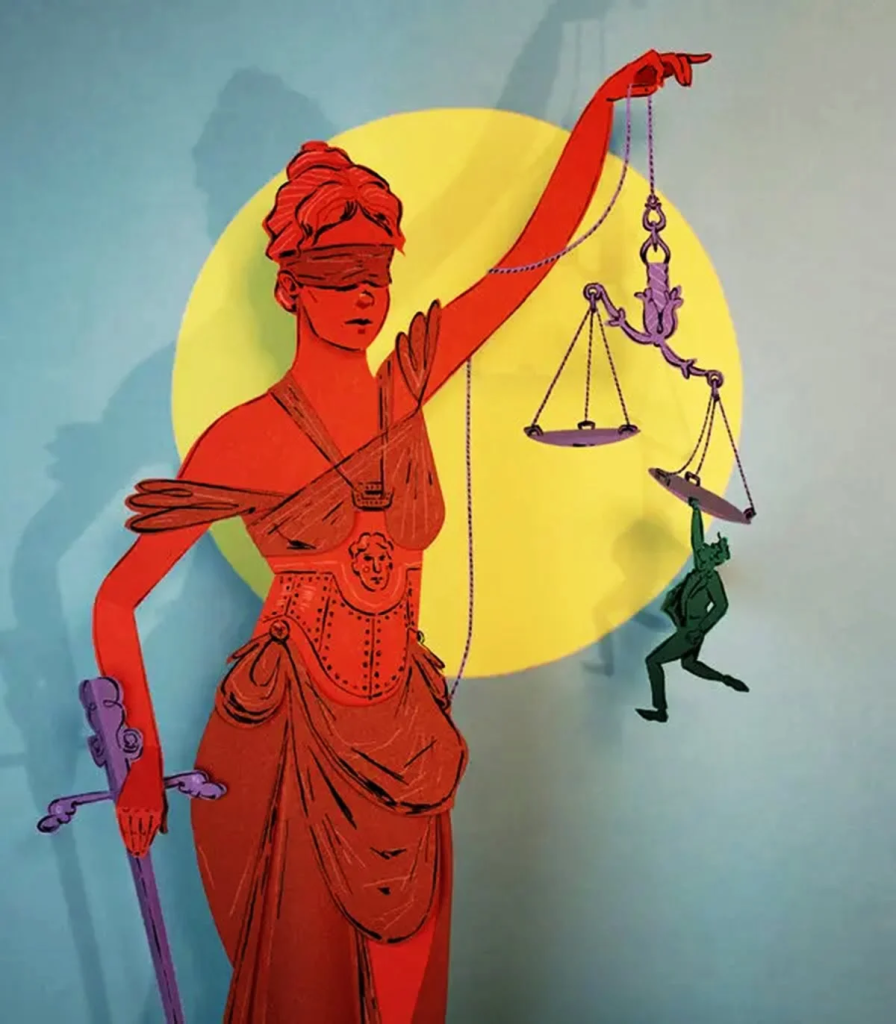16 March 2019, Mumbai: Mumbai First, in association with K. C. College, organized a panel discussion on Judicial Pendency: Challenges and Solutions at the K. C. College on Saturday, 16 March, 2019.
The panel consisted of Justice B. N. Srikrishna, Former Judge of the Supreme Court of India; Justice V. C. Daga, Justice Roshan Dalvi and Justice J. H. Bhatia, former Judges of the High Court of Bombay; Mr. Anil Harish, Partner at D.M. Harish & Co.; Mr. Firoze Andhyarujina, Senior Advocate, Supreme Court, and Mr. Sanjay Asher, Senior Partner at Crawford Bayley & Co.
The panel began with a quick presentation by Mr. Shailesh Gandhi, Former Central Information Commissioner who had collated a mathematical solution to resolve judicial vacancy in courts. His calculations provided much of the fodder the panelists debated upon. Mr. Gandhi observed that over a period of 12 years, vacancy in sanctioned judicial positions compounded at the rate of 3.7% per year. Given that the cases filed at each tier of the judiciary run into several lakhs, if sanctioned judicial seats are not files up, governments suffer. Proper planning and administration were crucial in establishing a policy and a process to ensure zero vacancy. Mr. Gandhi proposed that in order to reach zero pendency, three forms of mathematical analysis were necessary:
- To draw up a list of judges retiring at the end of each year, for the next five years and provide for their successors.
- To make prediction lists of the retirement and elevation of judges for the next three years on the basis of data gathered over the past three years.
- To curate exams, interviews and collegium recommendations for recommendations to sanctioned seats every six months for a twelve month period.
Justice B. N. Srikrishna remarked that a mathematical analysis of the issue did not entirely factor in the effect of variables in the system. Labelling judicial pendency as a multidirectional variable function, he identified four factors which qualitatively affect pendency:
- Number of Judges
- Quality of Judges
- Quality of Legislation
- Quality of Lawyers
Justice J. H. Bhatia began with how close the state of judicial affairs in India was to the maxim justice delayed is justice denied, as judicial pendency is so vast that judges are increasingly unable to devote the time needed to each matter. Noting that magistrates and judges cannot work beyond their capabilities to clear the backlog of decades, he also highlighted the importance of understanding the effects of legislations which had come to pass. In the instance of the amendment to the Negotiable Instruments Act, 1881, wherein cheques bouncing was made a criminal offence from a civil one, he stressed that the judiciary could not imagine the impact of such an amendment. He emphasized on creating legislations keeping in mind resources available and the collateral damage which might ensue as a result of a change in policy to reduce judicial pendency.
Mr. Sanjay Asher brought into focus the efficacy of e-pleadings and electronic filing to reduce the time spent by the judiciary in compelling such administrative and procedural steps. He proposed that under certain provisions of the Companies Act, 2013 (such as oppression and mismanagement) for instance, pleading could be filed electronically. He also questioned why commercial disputes traversed the well beaten path to court, and called for a more deliberate and conscious turn to mediation centres for the resolution of such disputes.
Mr. Firoze Andhyarujina based his argument on the premise that judicial mechanisms were dependent on economic development. In this light he furthered five recommendations: the necessity of creating e-courts, organizing a better system for developing alternate dispute resolution mechanisms, allocating greater importance to pecuniary jurisdiction of courts and setting up more tribunals, focusing on human resource development in judicial and legal systems and for changing the structure of existing laws. He noted that the quality of judges is essential—judges must be humane, equitable and must have the desire to do justice. Thus it was important to develop institutions which trained efficient and quality judges.
Justice Roshan Dalvi laid stress on the significance of proper case and court management and how the introduction of qualified court managers into the system would reduce the burden on judges. She advocated for a re-haul of the process to do away with non-value added work and unnecessary formality to promote efficiency. She called for simultaneous disposal of fresh cases instead of waiting for them to age in the system. She referred to false defenses and frivolous suits as the malaise which corrodes the legal system. She also emphasized that litigants and lawyers must know when to approach the courts (over say, a point of law) and when to resolve their disputes outside the court (such as via mediation).
Mr. Anil Harish provided the interesting insight that increasing the number of judges also meant increasing courtrooms and spending significant resources on rebuilding court infrastructure. He also remarked that unclear and ambiguous legislation added to judicial pendency using the example of the Unregulated Deposits Ordinance promulgated in early 2019.
Justice V. C. Daga concluded the panel with an exacting comment on the role political parties played in increasing judicial pendency. He noted that political parties in power wanted committed judges while political parties in opposition wanted independent judges. He remarked that governments were reluctant to appoint judges as they were the biggest litigants in courts today. He observed that zero pendency would come the day judges were selected irrespective of their religion, caste, and political affiliation.
All in all, the panel discussion was thought-provoking and insightful and a necessary reminder of the vigilance required in ensuring a functional system of justice.
Priyanshi Vakharia is Program Officer, Feminist Justice at One Future Collective.
Featured image: Mumbai First
